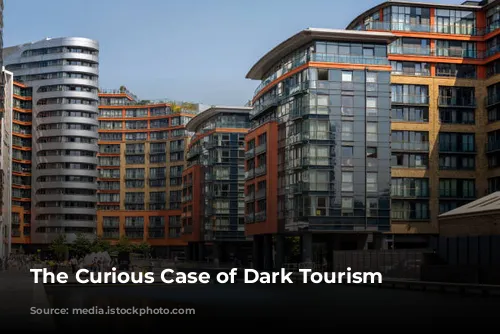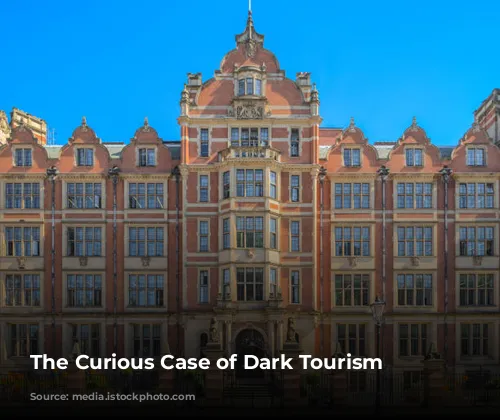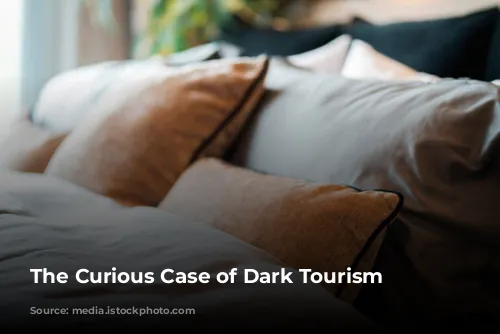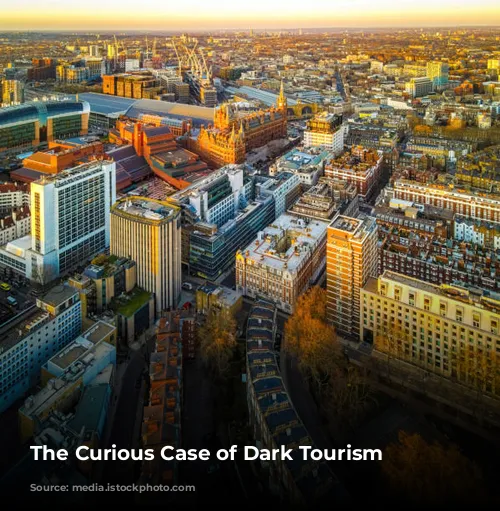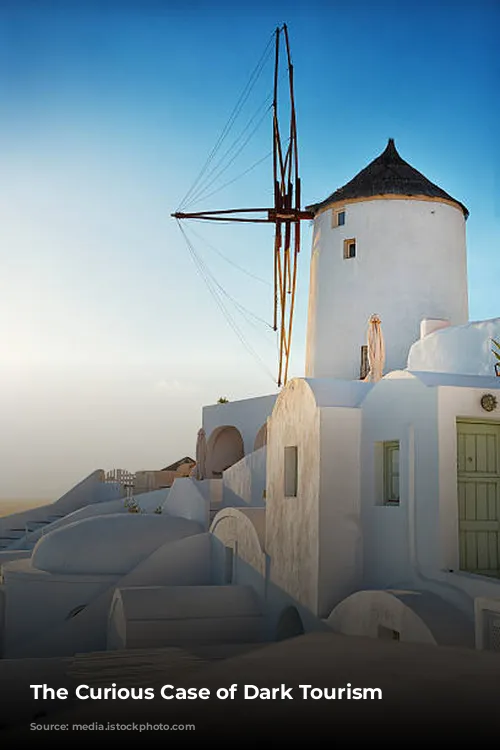Have you ever found yourself drawn to places steeped in tragedy and turmoil? Maybe you’ve wondered about the locations where history’s darkest moments unfolded? You’re not alone. Welcome to the world of dark tourism.
This intriguing phenomenon explores the human fascination with places that have witnessed violence, death, and disaster. While many of us seek relaxation and escapism during our travels, dark tourists are captivated by the somber stories embedded in certain destinations. They seek out the chilling remnants of the past, yearning to understand the complexities of human nature and its capacity for both good and evil.
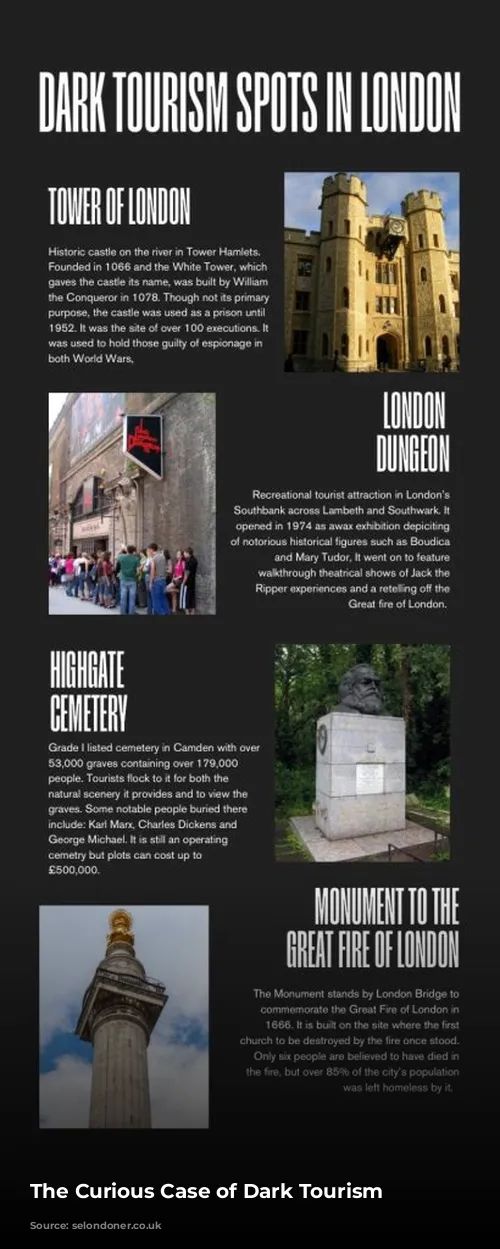
A World of Shadows
From the haunting Killing Fields in Cambodia to the chilling Auschwitz concentration camp, David Robinson, a self-proclaimed dark tourist, has traveled to some of the most somber destinations on the planet. He’s not alone. Dark tourism isn’t limited to far-off lands. It exists right here in our own neighborhoods.
Think about London. A vibrant city with a rich history, it also harbors hidden corners where darkness lingers. Jimi Hendrix’s final apartment, the site of the Dennis Nilsen murders, and the location of the Balcombe Street siege are all seemingly ordinary places to the unknowing eye. But to a dark tourist, they pulse with a chilling significance.
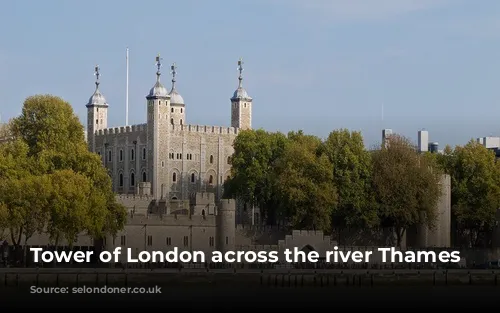
The Many Faces of Darkness
You might be surprised to learn that dark tourism is more prevalent than you think. Many iconic tourist attractions have a dark side woven into their very fabric. The Tower of London, once a prison and execution ground, draws tourists captivated by its sinister past. Jack the Ripper Walks, which delve into the life of England’s most infamous serial killer, are popular amongst those seeking a darker side of London’s history. Even the London Dungeon, a popular attraction that replicates gruesome historical events, taps into our fascination with the macabre.
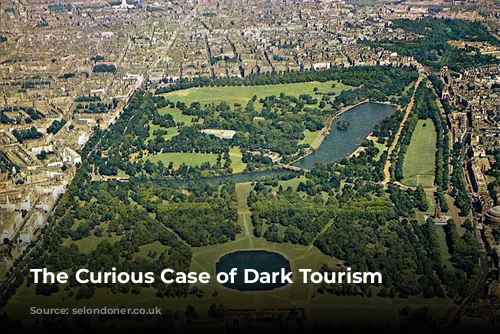
The Dark Side of Ourselves
While the concept of dark tourism might seem strange at first, it’s deeply connected to our shared humanity. The term was coined in 1996 by academics J. John Lennon and Malcolm Foley, who described it as an “attraction to death and disaster.” Professor James Treadwell, a leading expert on the topic, defines dark tourism as “travel to, and engagement with settings that have a history of violence, death, disaster, and atrocity.”
From the young British student who traveled to Kabul in 2021, as the Taliban took control, to the filmmaker David Farrier who explored the world’s hidden and “unofficial” dark tourist destinations, dark tourism extends beyond historical sites, encompassing modern-day events and destinations off the beaten path.

The Allure of the Macabre
Why are people drawn to dark tourism? For some, it’s a deep interest in history. For others, it’s an exploration of the human psyche and our capacity for cruelty and violence.
David Robinson, for example, describes his fascination with 20th-century history and the places where pivotal events unfolded. He recounts his trip to Romania, standing in the room where dictator Nicolae Ceaușescu was executed, feeling a tangible connection to history.
But it’s not just about history. Dark tourism can be a way to confront the darkness within ourselves. As Professor Treadwell points out, we live in a world saturated with crime and violence. True crime podcasts, crime dramas, and reality shows capitalize on our fascination with the macabre.
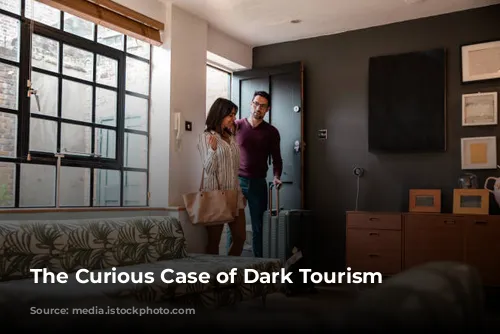
The Shadow of Disrespect
However, dark tourism also carries a shadow of controversy. It’s easy to exploit, sensationalize, and disrespect sensitive historical sites and tragedies. Instances of people taking selfies at locations like Auschwitz, or the insensitive behavior of YouTuber Logan Paul at Japan’s Aokighara “suicide forest”, have sparked outrage and criticism.
Professor Treadwell acknowledges that dark tourism can be a slippery slope. He emphasizes the importance of honesty and sensitivity when engaging with these sites, while recognizing the diverse and often complex motivations behind dark tourism.
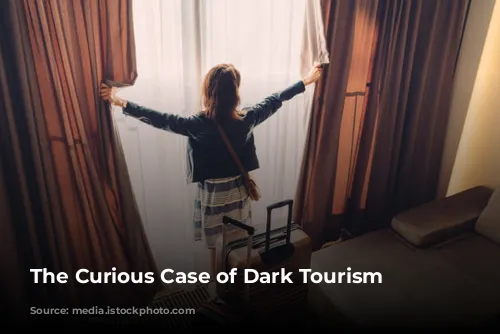
The Dark Side of Our Everyday
The reality is, we’re all engaged in dark tourism in some way, even if we don’t realize it. From the reality TV shows we consume to the historical landmarks we visit, the darkness of history and human nature is woven into the fabric of our daily lives.
London, a city built on centuries of history, is steeped in dark stories of oppression, atrocity, and slavery. Professor Treadwell suggests that even our everyday experiences in London, from the antique furniture in a local restaurant to the paintings in our favorite museums, are touched by the shadows of the past.
Even seemingly innocent activities like playing Monopoly or building with Lego can be viewed through a dark lens when we consider the underlying economic systems, environmental impact, and labor practices associated with them.
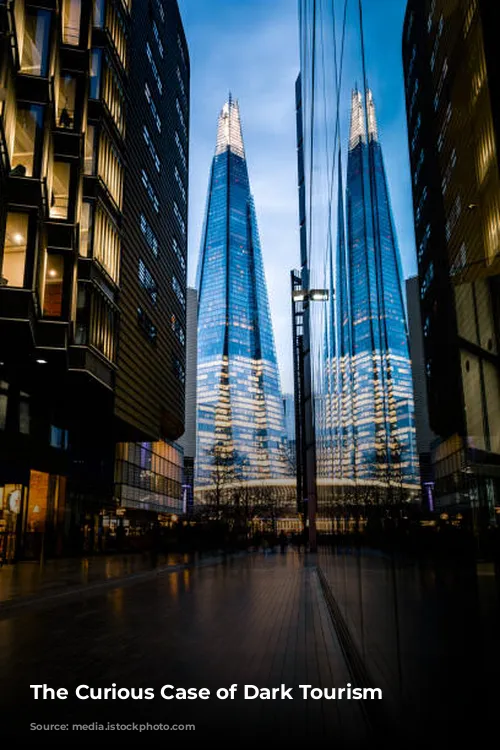
Embracing the Dark
While dark tourism can be a source of controversy, it’s undeniable that we are drawn to the darkness. It’s a reflection of our complex nature, our fascination with the past, and our need to understand the dark corners of the human experience.
Professor Treadwell encourages us to look beyond the immediate and explore the hidden connections between our everyday lives and the historical events and societal structures that have shaped our world. By doing so, we can gain a deeper understanding of ourselves and the world around us, even as we confront the unsettling realities that have shaped us.
Dark tourism is not about glorifying or sanitizing the past. It’s about acknowledging, exploring, and understanding the darkness that exists within ourselves and the world we inhabit. It’s a journey into the shadows, a reminder that even in the brightest of places, the darkness lingers.

